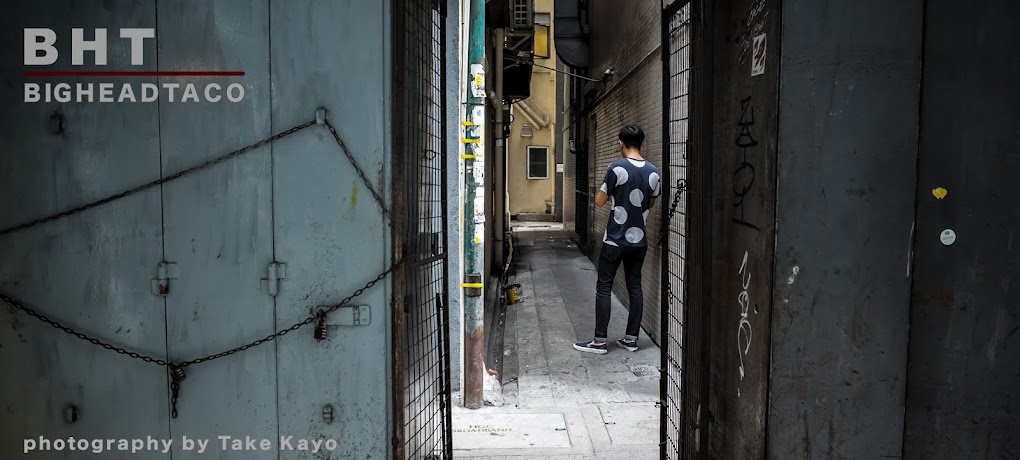 |
| 1/280 sec F/8 @ ISO 800 using Motion Panorama swept vertically and 120 deg |
FUJIFILM Holdings Corporation, Japan
The camera industry is fast moving and brutal. Trends come and go, and if a company invests in the wrong trend or stays in one too long, you can see your company exiting the photo industry, or merging with a larger firm very quickly. That's what happened in the 60s-70's when the Japanese SLR industry overwhelmed the existing rangefinder industry. Many European brands went out of business, famous brands (like Contax) were bought out by newer unknown companies (Kyocera), and even Leica had to team up with Minolta to create a success SLR line-up (Leicaflex was an utter failure). The same thing happened again in the early 2000's with the digital revolution, with household names such as Kodak, Konica, Minolta and Polaroid going from something to nothing overnight. Other companies seem to adapt well to changes, investing in the right thing at the right time, often leading the industry with innovative design and/or technology. Enter Fujifilm.
Yes, the official name still has the word "film" in it, and yes Fuji still produces a wide range of really great films. Coming from the wholesale photofinishing industry, when I think of Fuji I think of their industry leading photo labs and photo paper, solid machines, solid paper. However, in the minds of most consumers, Fuji makes really cool looking digital cameras. What most might not know is that Fuji has a very long history of well designed and innovative cameras, including some very unique medium formats (the first autofocus compact rangefinder 645) and a full frame 35mm panorama cameras (re-labelled in N.America as a Hasselblad XPAN).
What's trending right now in the photo industry? For the first time in history DSLRs are outselling point and shoots, completely changing the camera shelves at our local electronic retailers. How are companies adapting their R&D and sales focus amid this new retail landscape? Some have focused on the highest volume to survive (Canon has 56 DSLR kits selling at B&H), while others have ventured into new territory by creating new categories, such as the mirror-less market, including micro 4/3, Sony's NEX system, and Fuji's X series. This new category of no more than 4-5 years old has exploded, and has lead to another new category: high-end, mirrorless point and shoots with large sensors. Welcome the Fuji X-100S.









